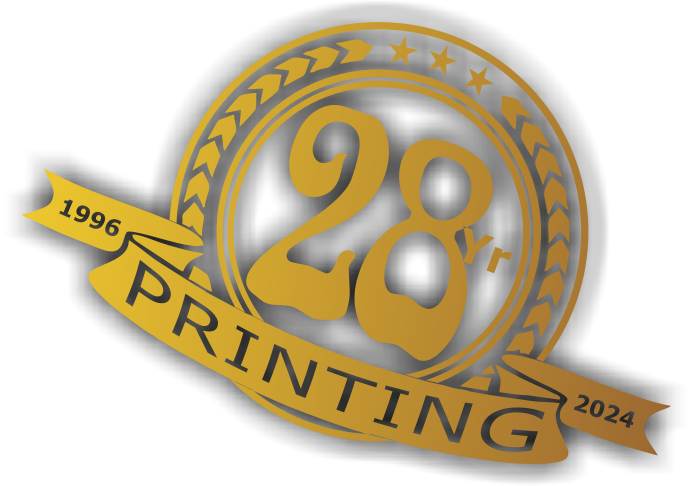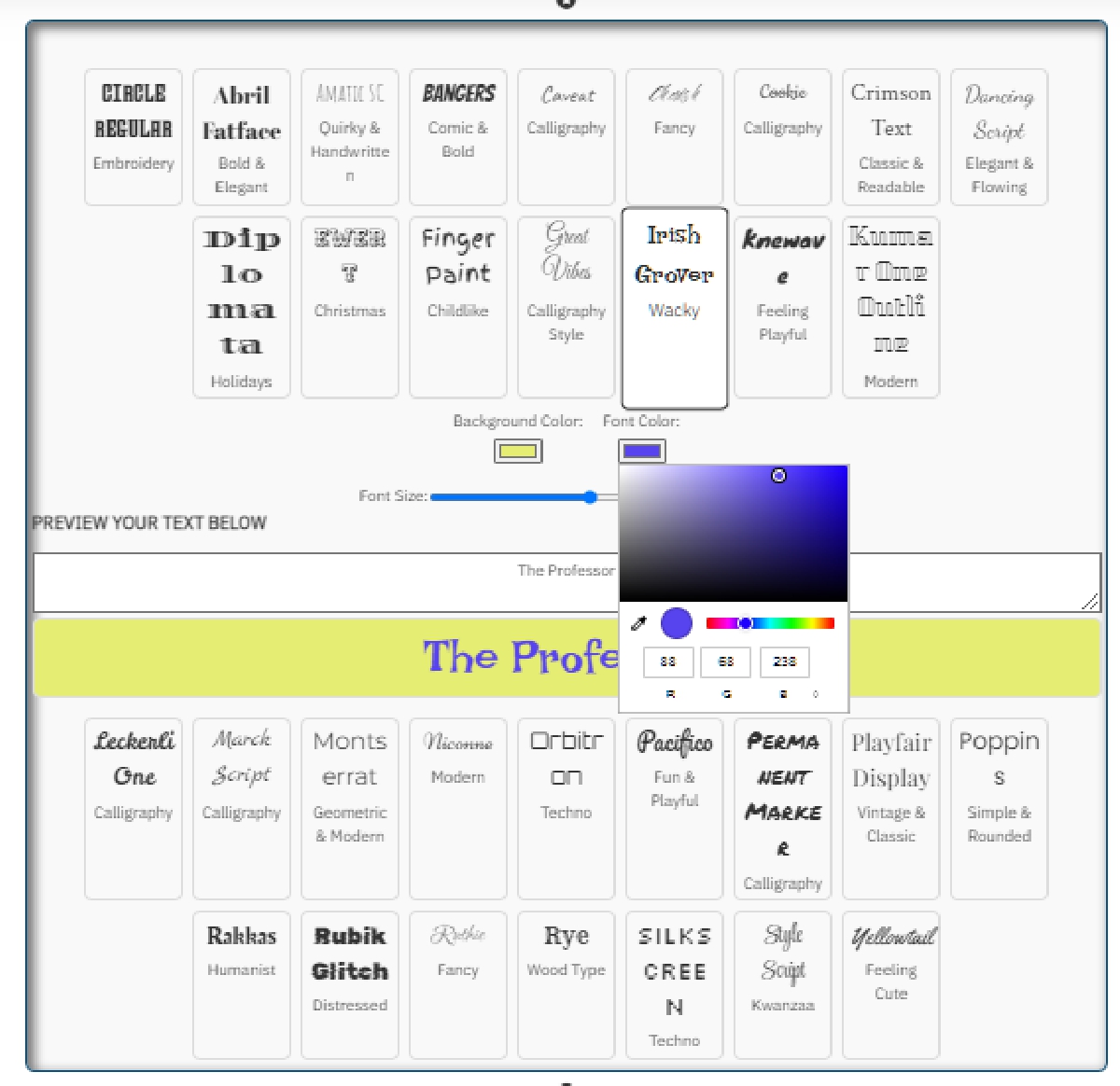
Dye sublimation printing is a fascinating and highly versatile technique
that allows you to transfer vibrant, full-color designs onto various materials. Whether you’re a hobbyist looking to create personalized gifts or a business owner wanting to offer custom merchandise, understanding the basics of dye sublimation can open up a world of creative possibilities. In this beginner-friendly guide, we'll walk you through what dye sublimation printing is, how it works, and the equipment you'll need to get started.What is Dye Sublimation Printing?
Dye sublimation printing is a method where solid dye is transformed into a gas without passing through a liquid phase. This gas then permeates the surface of a substrate, resulting in a permanent, high-resolution print. The process is most commonly used on polyester fabrics and polymer-coated substrates, making it ideal for items like t-shirts, mugs, phone cases, and more.
How Does It Work?
The dye sublimation process involves a few key steps:
Design Creation: First, you create your design using graphic design software such as Adobe Photoshop or Illustrator. Make sure your design is high-resolution to ensure the best print quality.
Printing the Design: Next, the design is printed onto special sublimation transfer paper using a sublimation printer and sublimation ink. Unlike regular inkjet printing, sublimation ink is designed to turn into a gas when heated.
Transferring the Design: The printed transfer paper is then placed onto the substrate (the item you want to print on). Using a heat press, the paper and substrate are pressed together at high temperature and pressure. This causes the ink to sublimate (turn into gas) and bond with the material at a molecular level.
Finishing: Once the pressing is done, you remove the paper, revealing a vibrant, permanent print on your substrate.
Equipment Needed for Dye Sublimation Printing
To get started with dye sublimation printing, you’ll need several key pieces of equipment. Here’s a breakdown of what you’ll need:
1. Sublimation Printer
A sublimation printer is specially designed to handle sublimation ink and transfer paper. Popular options include the Epson SureColor and Sawgrass Virtuoso series. These printers are known for their ability to produce high-quality prints with vivid colors and fine details.
2. Sublimation Ink
Sublimation ink is essential for the process, as it turns into gas when heated. Make sure to use high-quality sublimation ink compatible with your printer. Sawgrass and Epson offer reputable sublimation ink options.
3. Sublimation Transfer Paper
Sublimation transfer paper is coated to hold the ink in place until it’s transferred to the substrate. This paper is crucial for achieving crisp and accurate prints. Different types of transfer paper may be needed for various substrates, so choose accordingly.
4. Heat Press
A heat press is used to transfer the design from the sublimation paper to the substrate. Heat presses come in various sizes and styles, including flat presses for items like t-shirts and mugs, and specialized presses for hats and other unique items. A quality heat press will provide even heat and pressure, ensuring a consistent transfer.
5. Blanks
Blanks are the items you will be printing on. For dye sublimation, you need blanks that are either made of polyester or have a polymer coating. Common blanks include t-shirts, mugs, phone cases, mousepads, and keychains. The key is to use items specifically designed for sublimation to achieve the best results.
Getting Started
Now that you know the basics and have your equipment, here are a few tips to help you get started with dye sublimation printing:
- Practice Makes Perfect: Start with simple designs and practice on inexpensive blanks to get a feel for the process.
- Temperature and Time: Pay close attention to the recommended temperature and pressing time for each substrate. These can vary widely and are crucial for successful transfers.
- Use High-Quality Images: Always use high-resolution images for your designs to ensure sharp and vibrant prints.
- Experiment: Don’t be afraid to experiment with different substrates and designs. The versatility of dye sublimation allows for endless creative possibilities.
Conclusion
Dye sublimation printing is an exciting and rewarding way to create custom, high-quality products. By understanding the basics and investing in the right equipment, you can unlock a world of creative opportunities. Whether you’re making personalized gifts or starting a business, dye sublimation printing offers endless potential for customization and creativity. Happy printing!
Feel free to reach out if you have any questions or need further assistance with your dye sublimation printing projects.

 30 years of #TheProfessor
30 years of #TheProfessor

 12% rewards for affiliate members
12% rewards for affiliate members
Leave a Comment